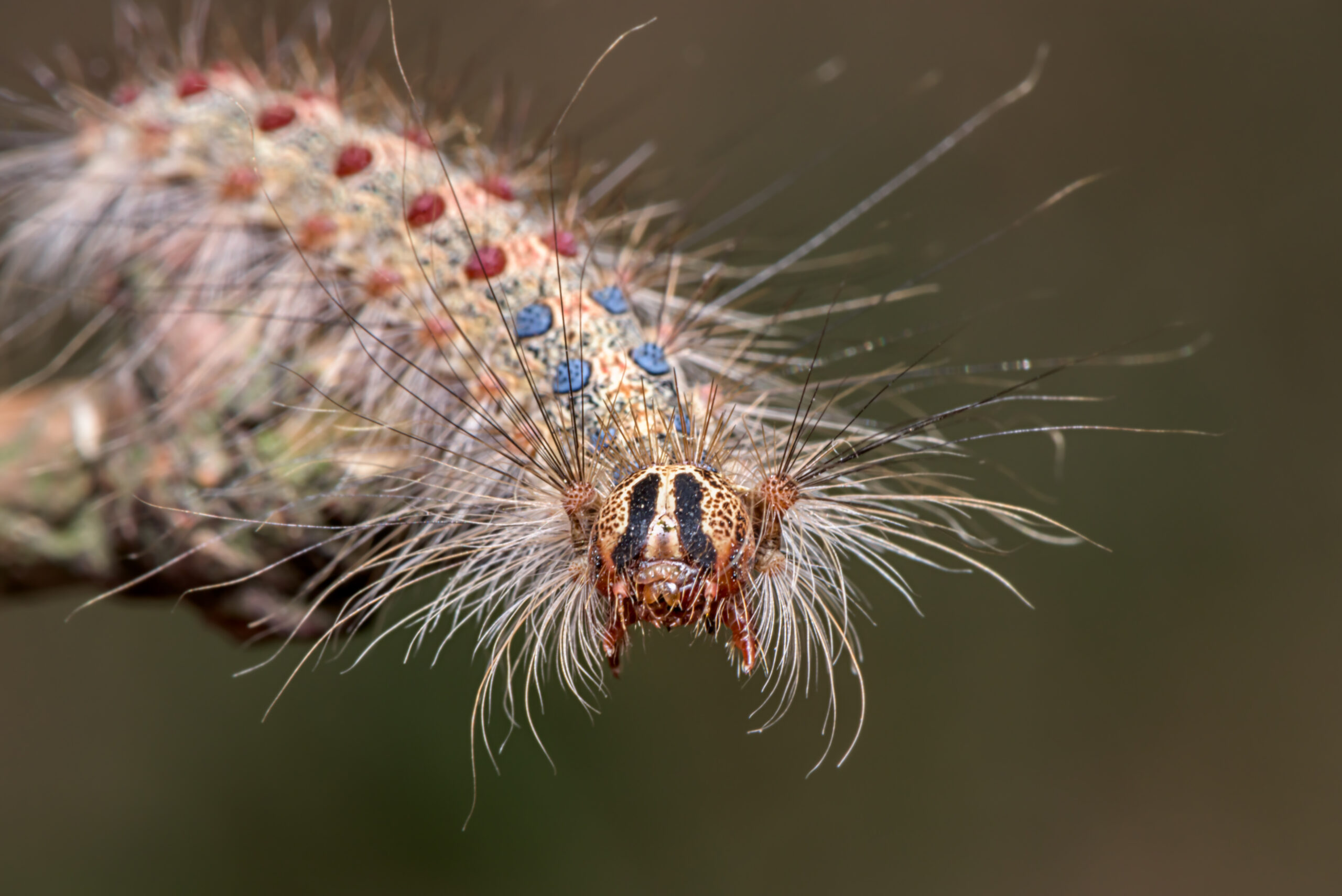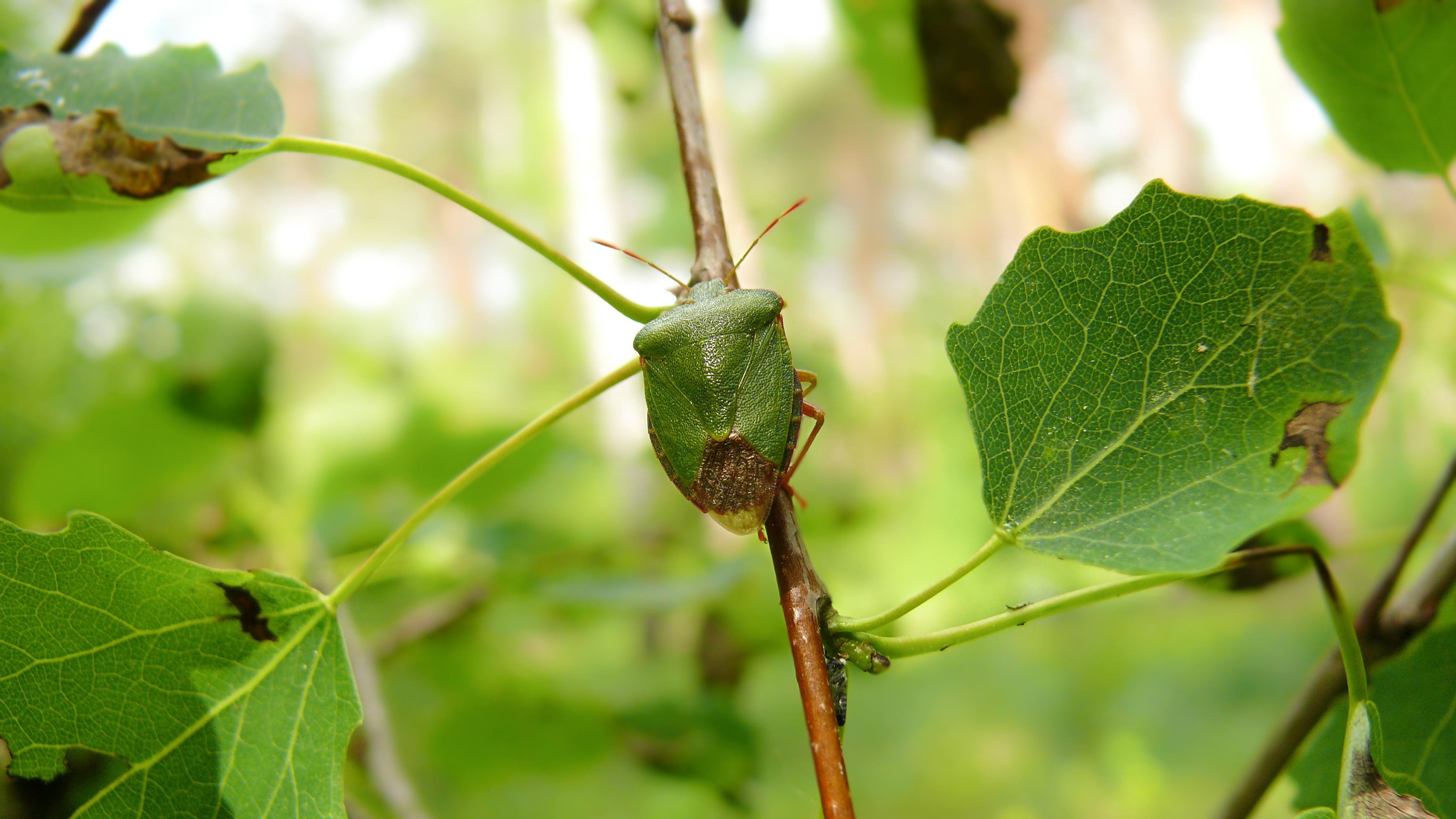
INSECTS & DISEASE
ArborActive employs a comprehensive approach to insect and disease management that prioritizes the overall health of your plants. By utilizing sound cultural practices, such as proper pruning and optimizing soil conditions, we create a robust foundation for plant growth. Regular inspections are crucial for identifying potential pest issues before they become harmful. Our skilled arborists are trained to recognize and encourage beneficial insects that naturally control pest populations, and we also introduce additional beneficials when needed. When treatment is required, ArborActive can use a variety of approaches to effectively manage pests while safeguarding both people and the environment.
TREATMENTS
Insect and Disease Solutions
ArborActive’s advanced insect and disease treatment methods are designed to protect and preserve your trees and shrubs. Our expert team uses targeted, eco-friendly solutions to ensure the health and vitality of your landscape.
Tree Injection
Tree injection is a precise, eco-friendly method to deliver targeted treatments directly into the tree’s vascular system. This technique effectively combats pests and diseases while minimizing environmental impact.
Foliar Treatments
Foliar treatments involve applying protective sprays directly to the leaves, providing fast-acting defense against pests and diseases. This method ensures immediate absorption and effective protection for your trees and shrubs.
Systemic Bark & Soil Treatments
Systemic bark and soil treatments deliver long-lasting protection by absorbing treatments through the bark or roots, targeting pests and diseases from within. This method ensures deep, sustained defense for your trees and shrubs.
Biological Control & Predatory Insects
ArborActive offers biological control and predatory insect management options that utilize natural predators to reduce pest populations, promoting a balanced and healthy ecosystem in your landscape. These eco-friendly methods provide effective pest control while minimizing environmental impact.
Plant Growth Regulators
ArborActive’s plant growth regulator services help control excessive growth, enhance tree structure, and improve resistance to stress by applying treatments that naturally manage the growth patterns of your plants. This promotes healthier, more manageable landscapes with long-term vitality.
Top Ten Insect Pests
Emerald Ash Borer
A destructive beetle that targets ash trees, causing significant damage and tree death.
Spongy Moth (previously Gypsy Moth)
An invasive species known for defoliating a wide range of tree species, leading to weakened trees.
Scale Insects
Armored insects that fed on sap of stems or leaves that damage foliage or branches.
Hemlock Woolly Adelgid
A tiny insect that feeds on hemlock trees, leading to needle loss, reduced growth, and tree mortality.
Bronze Birch Borer
A metallic wood-boring beetle that attacks birch trees, tunneling under the bark and disrupting the tree’s nutrient flow, leading to dieback and eventual tree death.
Spotted Lanternfly
The spotted lanternfly is an invasive species with a harmful appetite for more than 70 types of plants, causing damage to fruit and woody trees.
Japanese Beetle
These beetles feed on the foliage, flowers, and fruits of over 300 different plants, causing extensive damage.
Bagworm
Bagworms create protective cases from silk and plant material, defoliating trees and shrubs as they feed.
Aphids
Small sap-sucking insects that can cause leaf curling, yellowing, and stunted growth in a variety of plants.
Spider Mites
Tiny, sap-sucking pests that infest the undersides of leaves and needles, causing stippling, yellowing, and premature leaf or needle drop in a wide range of trees and shrubs.
Top Ten Disease Pests
Anthracnose
A fungal disease causing dark, sunken lesions on leaves, stems, and fruits, often leading to premature leaf drop.
Apple Scab
A fungal infection that causes olive-green to black spots on apple tree leaves and fruit, leading to deformities and early fruit drop.
Cedar-Apple Rust
A fungal disease that causes bright orange spots on apple tree leaves and cankers on cedar trees, affecting both tree species alternately.
Dutch Elm Disease
A deadly fungal disease spread by beetles, causing wilting, yellowing, and eventual death of elm trees.
Beech Leaf Disease:
A recently discovered disease caused by a nematode, leading to dark bands between the veins of beech leaves, which can result in leaf curling, defoliation, and eventually tree decline and death.
Fire Blight
A bacterial disease that causes a scorched appearance on branches, leaves, and fruit, primarily affecting apple, pear, and related species.
Powdery Mildew
A fungal disease characterized by a white, powdery coating on leaves, stems, and buds, common in a variety of trees and shrubs.
Phytophthora Root Rot
A soil-borne disease causing root decay, poor growth, and sometimes death in trees and shrubs, often due to poor drainage.
Leaf Spot Diseases
Fungal infections that create small, discolored spots on leaves, leading to defoliation in various tree and shrub species.
Phytophthora Canker
A fungal disease that causes dark, sunken lesions on the bark of trees, leading to girdling, branch dieback, and potentially the death of the tree if the infection spreads.








